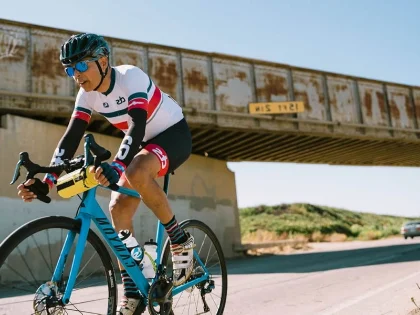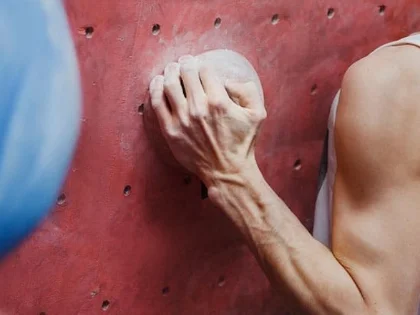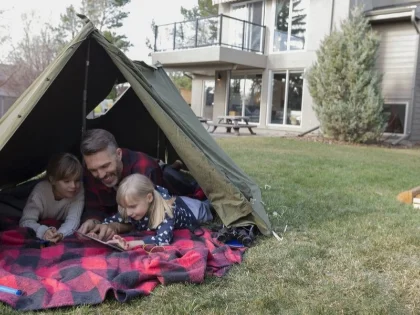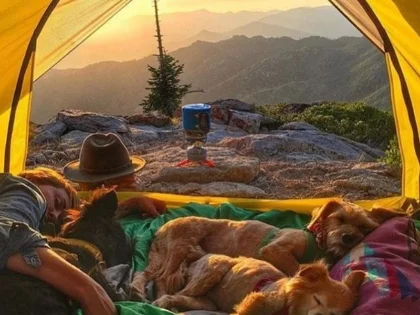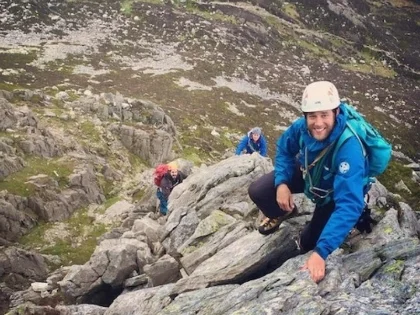Legs of a Hiker
Numerous leg muscles are used during hiking, but the quadriceps and hamstrings are the most crucial. When you take a step, these muscles stretch your knee, and when you descend, they push off the ground.
It takes training before you reach the path to develop hiking legs. This exercise is essential to support your body's neuromuscular adaptation, which allows it to adjust to the higher levels of stress associated with hiking.
The quadriceps

The muscles in the front of your thighs, called quadriceps, are in charge of straightening your knee joint. These muscles must be used when hiking, both going up and down. Hiking also works your hamstrings, which are located in the back of your thighs, and your calf muscles, which control how your feet move.
Neuromuscular adaptation is the process that develops hiking legs, and it takes time. Your body activates the nerve cells in your existing leg muscles to increase their strength when you start to acquire muscle. As a result, you can hike farther without experiencing pain.
It's crucial to pay attention to your body and not push yourself too hard when hiking if you're a novice. At this point, a lot of beginners become hurt from overuse issues including ITBS, runners knee, plantar fasciitis, and shin splints. Overuse injuries, which can be excruciating and take a long time to heal, may derail hiking goals.
Muscles of the Calf

Your lower leg's back is home to your calf muscles. When you take a step, they function to bend your knee and push you off the ground. After lengthy hikes, hikers frequently lament their aching calves, but this is common. When you initially start trekking, don't hike too far and allow your legs to rest. Overdoing it can result in pain in the bottom of your foot called plantar fasciitis, among other injuries.
In the gym, leg muscles are often neglected in favor of arm, chest, and back development. Gaining noticeable muscular mass in your legs is far more difficult than in your arms or chest, where hypertrophy may be seen. This is because developing muscle requires a lot of energy. Your body reduces the number of nerve cells that supply the muscle in order to conserve energy. We call this adaptation of the neuromuscular system.
Hamstrings

The quads, hamstrings, and calf muscles are among the many leg muscles used during hiking. With every stride you take when trekking uphill, your quadriceps muscles put in the most effort as they extend (straighten) your knee joint. The hamstrings are used more when climbing downhill to aid in controlling and slowing your descent.
The rear of your thigh is home to the hamstring muscles. They insert into the pelvic, knee, and lower leg bones as they travel the entire length of your leg from hip to knee. Walking, running, and other leg workouts all include the hamstrings.
When hiking, beginners should concentrate on using their glutes to lessen the load on their legs, avoid injuries, and gradually develop strength, endurance, and muscle growth. Blood clotting in the tiny blood veins in your lower limbs is a major cause of jelly legs, so engaging your glutes can help prevent this condition.
Maximus Gluteus

The greatest gluteal muscle is this one. It begins at the ilium's rear side, its posterior gluteal line, the sacrum's posterior aspect, the coccyx, and the sacrotuberous ligament. On the tibia, it inserts into the greater trochanter and the iliotibial tract. Its actions include extending the hip, rotating it laterally, and abducting it at the hip joint. By contracting the iliotibial tract, its inferior fibers assist in stabilizing the extended knee.
It's crucial for hikers, especially novices, to understand how to activate their glute muscles correctly. After extended periods of hiking, these muscles may become tense and uncomfortable due to inappropriate use.
Hiking is a lot like weightlifting or any other kind of exercise in that it builds muscle in the same way. The physical exertion of hiking tears muscle fibers, which your diet's protein then helps to rebuild. This is the cause of hypertrophy, or the growth of muscles.
